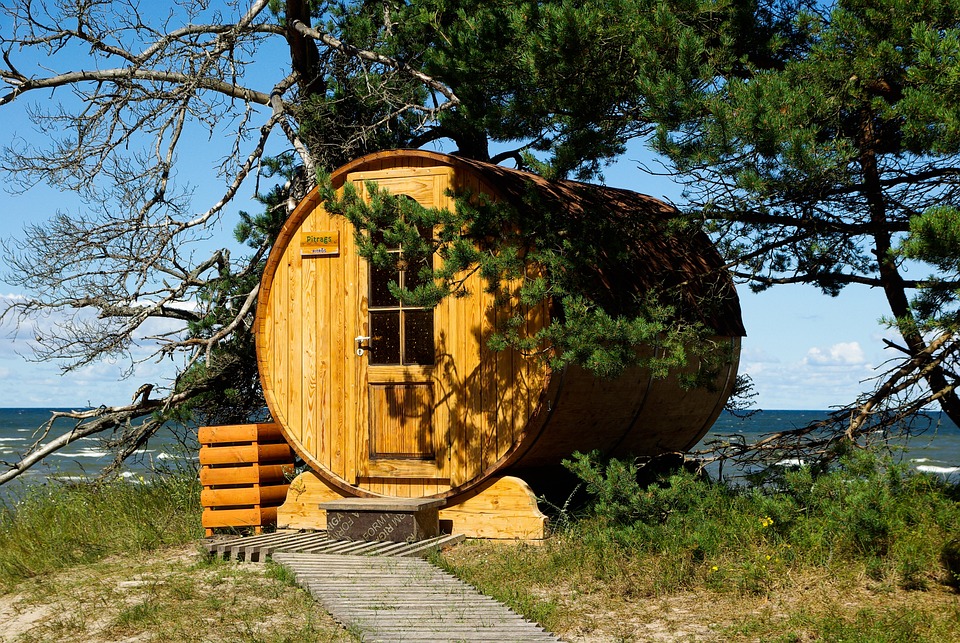10 Place Geographic Emojis
If you have ever been a teacher or talked to a teacher about geography, you have probably heard about Place Geographic emojis. They represent specific places that have their own characteristics, such as climate, vegetation, and more. They are grouped visually, not by official Unicode name. The three major groups are land, water, and trees. These groups are not mutually exclusive.
Snow-Capped Mountain
If you’re in the middle of a project in education, you might want to consider using emojis in your presentations. You can use them to create storyboards or scripts, or even to show students the geography of a certain location. These emojis are a great way to get your point across without using too much text. If you’re a teacher, you might even want to consider using them in your own classroom.
In a study, researchers examined whether emojis provide meaningful information based on location. They used a new measure called ‘typicality’, which is not frequency-based. The dataset included emojis associated with sunrises and sunsets. The study also used a privacy-aware version of Instagram posts. The researchers found that emojis were more informative than hashtags when describing location.
National Park
Emojis are popular for a variety of reasons. These can be used to improve communication and learning in the classroom. Teachers, in particular, often use them when talking to students. These can be useful for students, as they can be a visual aid when explaining geography concepts. In addition to this, students may find these emojis useful when discussing a place with friends or family members. https://emoji-bag.com/
Some of the most common clusters are “third world” and “fourth world.” This cluster includes Angola and certain countries in Africa. These are the countries of the “third world.” Some emojis can be used when talking with teachers in these contexts, since they’re more specific. Teachers, on the other hand, often use these when talking to students, so you can be sure that the people you’re talking to will know where you’re referring to.
Mountain
Location-specific emojis represent different environments. There are three main groups, but these are not mutually exclusive. For example, palm trees are often associated with sand and coastal areas, while coniferous and deciduous trees are associated with inland regions. Urban agglomerations, such as New York City, are characterized by a high concentration of emojis, such as mountains and city skylines.
The distribution of place-specific emojis by Italian regions shows a correlation of about 81% with the four major geographical attributes. The percentage deviation between the emojis used in Italy and the global average is above 80%, while the maximum positive correlation exists in only eleven out of twenty-one regions. In addition to location-specific emojis, teachers often use emojis to express feelings about different types of activities and objects.
Mount Fuji
There are many Place Geographic emojis available in Unicode. Most emojis depict a specific environment. You can group these emojis visually, although their names are not mutually exclusive. For example, there are three groups that indicate the type of geographical environment. These are oceans, mountains, and inland water. You can also use emojis to denote cities. https://emojiwithme.com/blog/the-origin-of-the-kimono-emoji-and-how-to-use-it
In addition, you can use location-specific emojis to indicate the type of vegetation present in a particular region. Palm trees, for example, are used to depict areas on the seacoast. Deciduous trees, on the other hand, are used to represent forests in inland areas. This is also the case with the place-specific emojis for Italy, as illustrated in Figure 11. Typically, these emojis correspond to a particular region of the country, while less forested areas are not represented as frequently.
Desert Island
Teachers and students alike often use the Place Geographic emojis when discussing their classes and lessons. They can be used to represent anything from the Civil War to World War II, from local cuisine to popular cultural symbols. When talking with teachers and students, educators may also choose to code their texts with an open set of emojis. This approach gives students more freedom to choose what kind of emojis they want to use when communicating with teachers and other students.
A more specific emoji may be more appropriate when talking to students and teachers. This type of emoji is typically used when there are more sympathetic, companionate, or intimate participants. Teachers and students may be more comfortable using a more detailed, vivid, and detailed emoji. However, it is always helpful to keep the context of the conversation in mind when using emojis.
Camping
If you’re talking to your teacher and you’re going on a camping trip, you can easily show your excitement with the Camping is a Place Geographic emoticon. This emoji has two variations: one is a cartoon image of a campsite with a tent, tree, and campfire. Similar to the tent emoji, this one is most often used in the context of camping.
Desert
Using the state’s emojis when talking to teachers is common. For example, the Statue of Liberty represents the Empire State, and Hawaii uses its emojis more than any other state. The state flower of Arizona is the saguaro cactus, and the Nat Geo BioBlitz was held in Saguaro National Park.https://www.youtube.com/embed/-JX6BZiNZ9g











